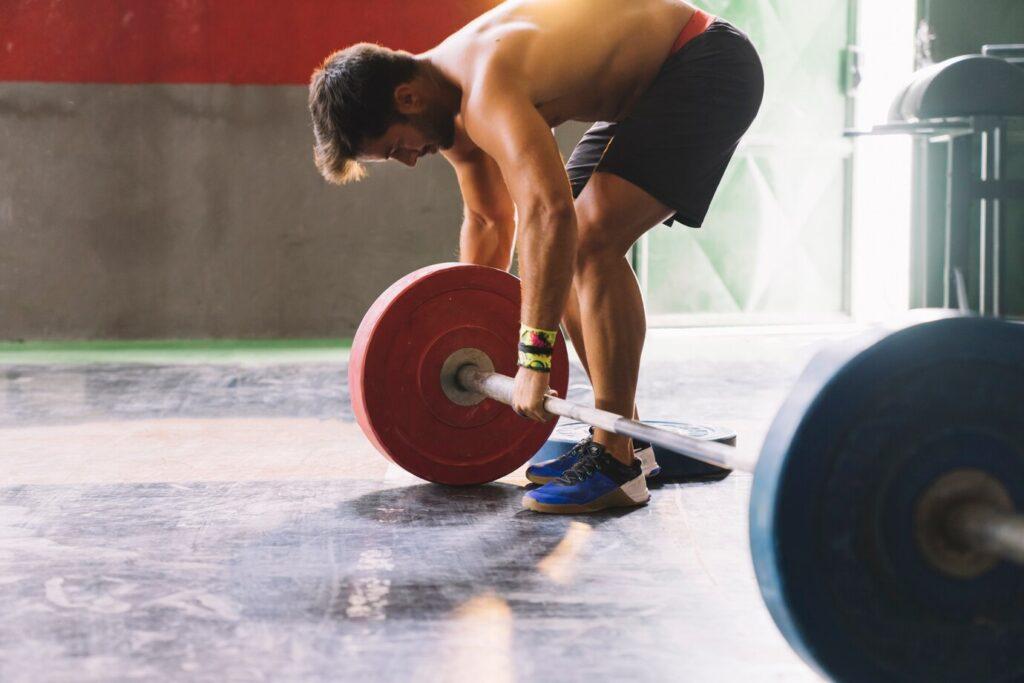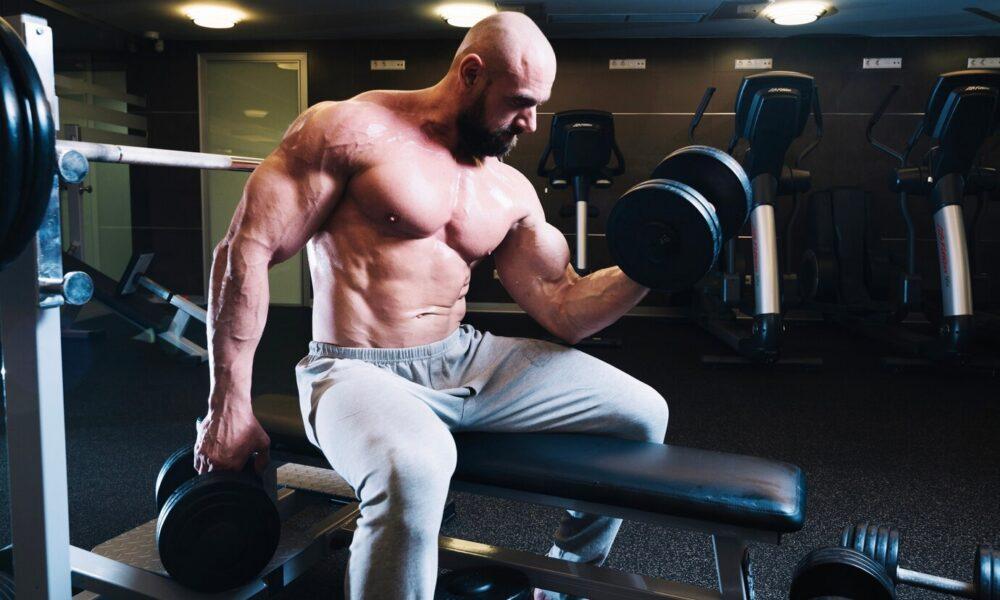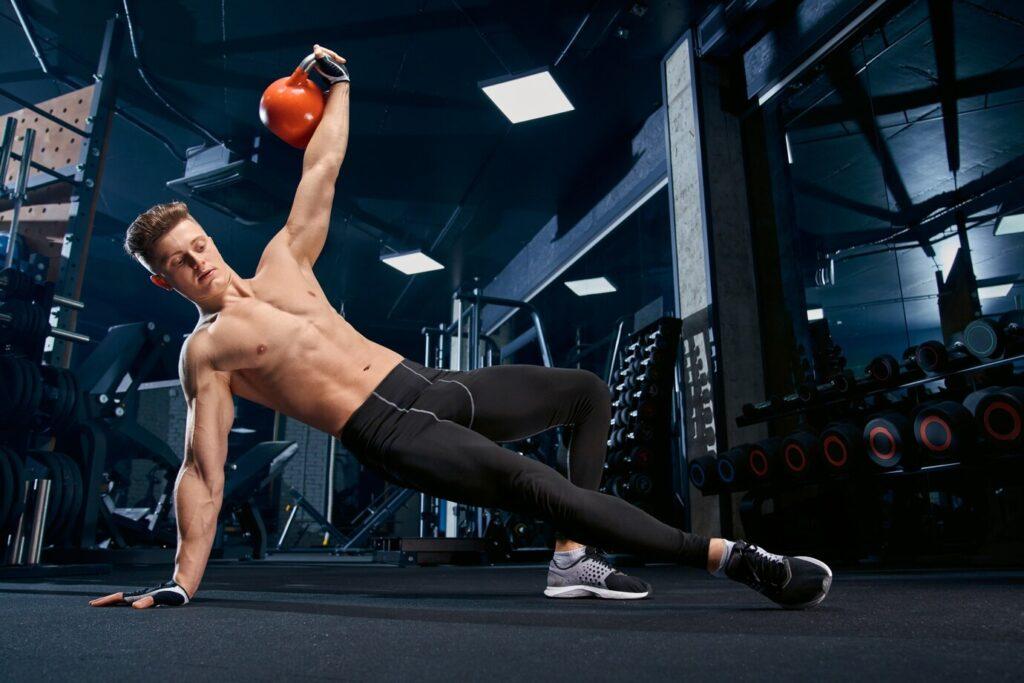Everyone has different fitness goals they want to hit, whether it’s building muscle, losing fat, or both. If you’ve ever tried doing both at the same time, you know how tricky it can be. The diets and exercises required for losing fat and gaining muscle often seem at odds—one needs a calorie deficit, the other a surplus. You may worry about losing muscle while trying to lose fat or fear gaining fat while building muscle. It feels like you can’t win!
Well, good news: You can have the best of both worlds. With the right strategies, it’s totally possible to burn fat and build muscle at the same time.
Let’s walk through how to achieve this with a focus on smart calorie management and training.
Body Composition: The Key to Building Muscle and Losing Fat
Before moving forward, let’s clarify some key terms. What we’re really talking about when we say “build muscle and lose fat at the same time” is improving your body composition. This means changing the ratio of fat to lean mass (muscle, bone, organs, etc.) in your body.
Improving your body composition isn’t about getting as skinny as possible or bulking up like a bodybuilder. Instead, it’s about reshaping your body so you have more muscle and less fat—creating that lean, toned look.
Here’s the tricky part: losing fat typically requires you to eat fewer calories than you burn, while gaining muscle usually means you need to consume more calories than you burn to give your body the energy and nutrients needed for muscle growth. How can you do both?
The answer is calorie management, specifically calorie cycling.

Calorie Cycling: The Foundation of Fat Loss and Muscle Gain
Calorie cycling is a flexible eating strategy where you adjust your calorie intake based on your activity levels throughout the week. This allows you to provide your body with enough fuel to build muscle on training days and promote fat loss on rest or low-activity days. Think of it as working with your body’s natural energy needs instead of against them.
How Calorie Cycling Works
Your body can do three things with the calories you eat:
- Use them for immediate energy (like during a workout).
- Use them to repair and grow muscles.
- Store them as fat.
When you’re trying to lose fat, the goal is to prevent your body from storing excess calories as fat. On the flip side, to build muscle, you want to make sure your body has enough energy to repair and grow muscle tissues after workouts.
With calorie cycling, you’ll eat more calories on workout days to fuel your training and help repair your muscles. On rest days or cardio-only days, you’ll eat slightly fewer calories, so your body uses fat stores for energy instead of muscle.
Finding Your Maintenance Calories
The first step in calorie cycling is figuring out your maintenance calories—the number of calories your body needs each day just to function and maintain your current weight. This includes energy for things like breathing, digestion, and basic movement.
You can calculate your maintenance calories using online calculators, which take into account factors like your age, weight, height, and activity level. If you work with a personal trainer or health professional, they can help you dial in these numbers too.
Once you know your maintenance calories, the next step is adjusting your intake based on your workout routine.
Adjusting Calories for Training Days and Rest Days
On workout days, especially when you’re lifting weights or doing intense exercise, aim to consume a small calorie surplus—about 5-10% above your maintenance calories. This ensures your muscles have enough fuel to recover and grow after your workout. Protein intake becomes even more crucial if you’re in a muscle-building phase. Focus on lean protein sources like chicken, fish, or plant-based options to repair muscles and stimulate growth.
Aim for a slight calorie deficit on cardio or rest days—maybe 5-10% fewer calories than your maintenance level. This encourages your body to burn stored fat for energy without sacrificing muscle mass. The goal is to burn more calories than you take in, but not to the point where you start losing muscle.
This balance can seem tricky at first, but over time, your body will adapt to these changes, and you’ll start seeing results.
Bulking and Cutting: Cycling Phases for Optimal Results
While calorie cycling helps you manage your intake day-to-day, you’ll also hear people talk about bulking and cutting cycles for long-term muscle gain and fat loss. These are longer phases where you either focus more on building muscle (bulking) or losing fat (cutting).
Bulking: Focus on Muscle Growth
During a bulking phase, the goal is to gain muscle by eating more calories than you burn—typically around a 10-20% calorie surplus. For example, if your maintenance level is 2,500 calories, you might eat between 2,750 and 3,000 calories per day during bulking.
It’s important to remember that bulking is not about eating junk food and gaining as much weight as possible. Focus on nutrient-dense foods like lean proteins, complex carbohydrates, healthy fats, and vegetables to support muscle growth. You want to gain muscle, not unnecessary fat.
Common foods for bulking include:
- Proteins: Lean meats, fish, eggs, protein shakes
- Carbs: Whole grains, oats, sweet potatoes, rice
- Fats: Avocado, nuts, seeds, olive oil
Cutting: Lose Fat Without Losing Muscle
After a bulking phase, you might switch to a cutting phase to shed fat and reveal the muscle you’ve built. Cutting involves creating a calorie deficit—typically about 500 calories less than your maintenance level. If your maintenance level is 2,500 calories, you’d aim for around 2,000 calories a day while cutting.
Even though you’re eating fewer calories, keeping your protein intake high and continuing strength training is crucial. This helps prevent muscle loss while you focus on burning fat. You can include foods like:
- Lean proteins: Chicken, turkey, egg whites, low-fat fish
- Fibrous carbs: Vegetables, brown rice, quinoa
- Healthy fats (in moderation): Olive oil, seeds, nuts
Cutting can be tough on your energy levels, especially during intense workouts. However, the results—losing fat while maintaining muscle—are worth it.
Understanding the Role of Macros and Calories
One of the keys to balancing fat loss and muscle gain is managing your macronutrients (protein, carbs, and fats). While calorie intake is essential, what you eat matters just as much. Each macro serves a specific function:
- Protein repairs and builds muscle.
- Carbohydrates provide energy for workouts.
- Fats support hormone production and overall health.
Aiming for a diet high in protein, moderate in carbs, and low in unhealthy fats can maximize both muscle growth and fat loss. During both bulking and cutting phases, it’s important to adjust these macronutrients in line with your calorie needs.

Cardio and Lifting: A Balanced Approach
Now, let’s talk about exercise. You need a balance of strength training and cardio to successfully lose fat and build muscle,
Strength training is key to building muscle. Aim to lift weights at least 3-4 times a week, focusing on compound movements like squats, deadlifts, and bench presses that work multiple muscle groups. This stimulates muscle growth and burns calories.
Cardio, on the other hand, helps you burn fat and improve heart health. Incorporate a mix of low-intensity cardio (like walking or cycling) and high-intensity interval training (HIIT) for maximum fat burning.
The right combination of strength training and cardio will help you achieve a lean, muscular body without sacrificing one goal for the other.
Conclusion: Be Patient and Consistent
Changing your body composition—losing fat while gaining muscle—takes time, patience, and consistency. By using strategies like calorie cycling, balancing macros, and incorporating strength training with cardio, you’ll be on your way to achieving your fitness goals.
Remember, everyone’s body responds differently to training and diet. It’s important to listen to your body, track your progress, and adjust as needed. Be kind to yourself during the process, and celebrate the small wins along the way.
Steroids4U.eu – Steroids4U.net – Steroids4U.to | Best EU Online Steroid Shop – Buy Steroids


Žiadne komentáre:
Zverejnenie komentára